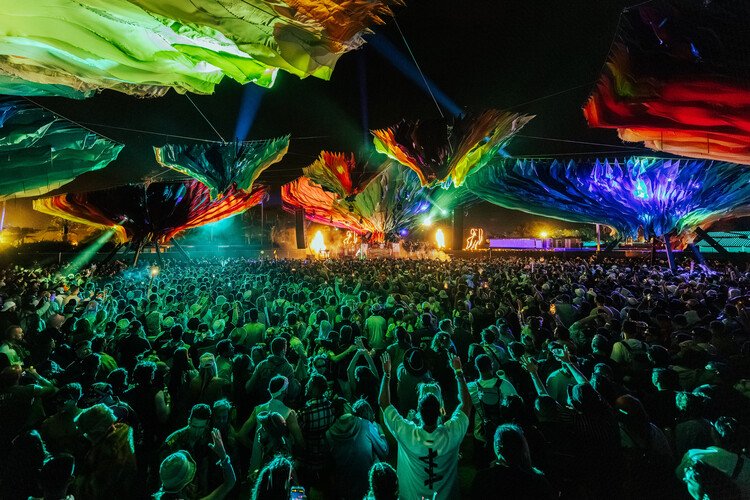
Music is something that everyone can feel; it brings people from different places and backgrounds together. This happens through its beat, tune, and feeling. In the last few years, people have used music in more ways than just playing or hearing it. Now, there are more music-centered spaces made to help people get together, feel happy, and share special moments. These places use smart design, new tools, and lots of fun to give people the chance to relax, show that they are, and make friends by sharing music.
Music as a Social Experience
Music has always played a big part in social events; you see it at live shows and karaoke nights. Today’s generation wants something that feels closer and lets them join in. Now, just watching, people want to be part of what is happening.
Modern music spaces like visit the site now invite everyone to take part. People can join in, sing, dance, or feel the beat together. These places change the old way of just listening. Now, people get to join in and feel like they are part of the music.
- Group participation takes the place of solo entertainment. This helps people make shared memories with each other.
- Mood-driven playlists and soundscapes make an emotional connection better.
- Open layouts help people move around more. There is more laughter, and you get real interaction.
These things make music more than just sound. It is something we all feel together.
The Evolution of Music Venues
In the past, traditional music venues had a clear divide — performers on stage and audiences seated to watch. Today, that boundary is fading. Modern music spaces blend live performances with social interaction, creating a more connected and communal experience. They find fun ways to bring people together. These places welcome all types of people who want to feel part of something and have a good time.
Private karaoke lounges and sound bars show this change. They help guests feel free to be themselves, connect with other people and feel unique by enjoying music together. This shift shows that music is now a way for people to share an experience and lifestyle, not just another source of entertainment.
Design That Amplifies Emotion
The way modern music spaces are designed can change how people feel and move. The lights, sound, and all the little details work together to help show feelings and to help everyone feel comfortable.
- Dynamic lighting systems move with the music to make everyone feel more excited.
- Soft, inviting interiors help people feel calm and open to connect with others.
- High-quality acoustics make the sound feel real and close.
- Private zones give people space for comfort while still being part of the group.
This focus on what you feel and see makes every visit fun and easy to remember. It helps to make a place where people feel open to be themselves. You can sing with others, dance with friends, or just take in what is happening around you.
Technology and Personalization in Music Spaces
The way we enjoy music together has changed a lot. Smart sound systems and interactive apps help you choose the songs that fit you and your group. When people mix new ideas and tech, music spots feel easy for us all to connect. Fun is shared and spreads quickly.
- Custom song selection helps groups make their own playlists for the event.
- Interactive walls or screens show song words, pictures, and special sound designs.
- Sound zoning keeps the sound clear and easy to hear, even if the place is busy.
Through these features, each visitor is part of what is happening. A visitor can also help make the space feel alive and full. This helps build a feeling of togetherness for everyone in the place.
There are more music spaces now that help people feel happy and connect with others. Gangnam Shirt Room shows that people want to spend time together and feel real emotions. These places are not just for hearing music — they are for feeling alive, sharing yourself, and enjoying being with people. As new ideas and machines mix, music stays at the center of how people meet and share time. Every beat we feel together can become a memory that stays with us.